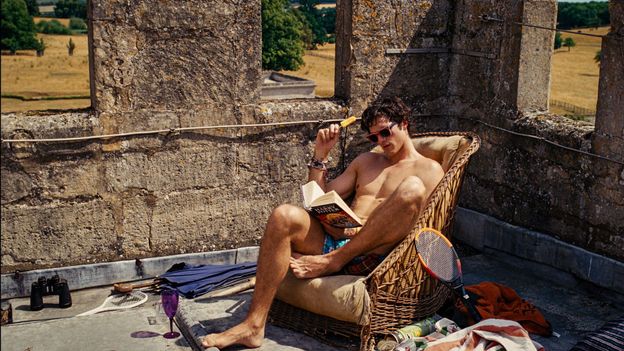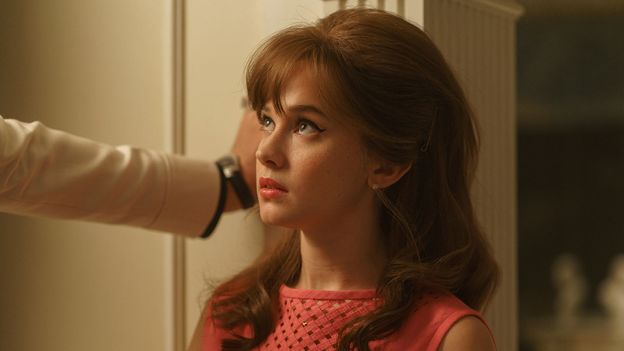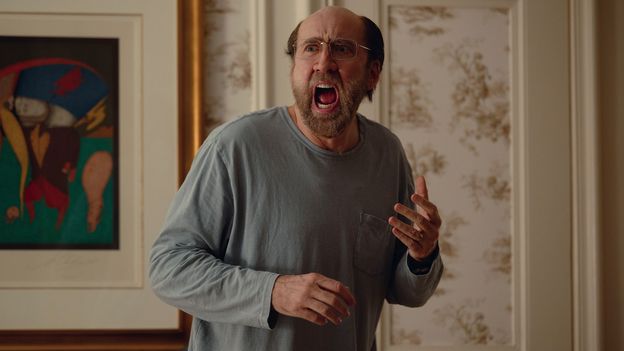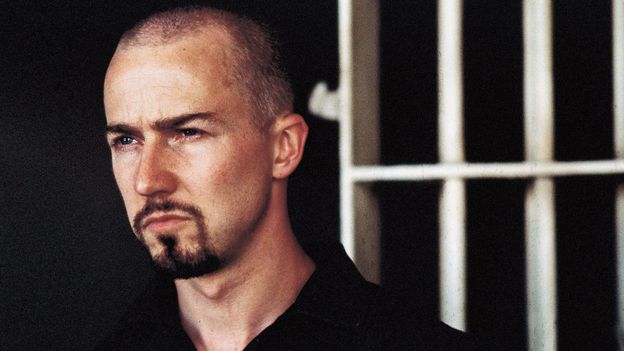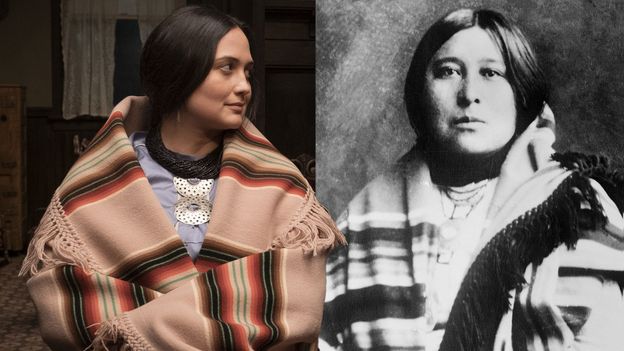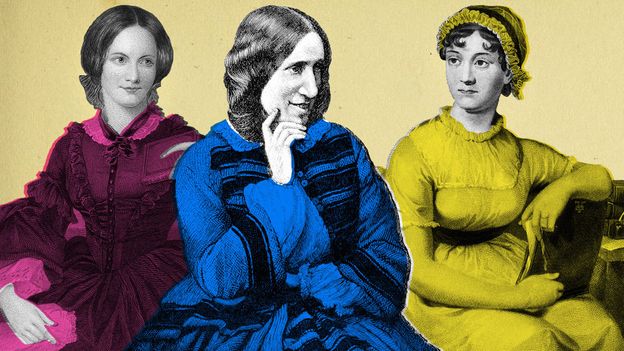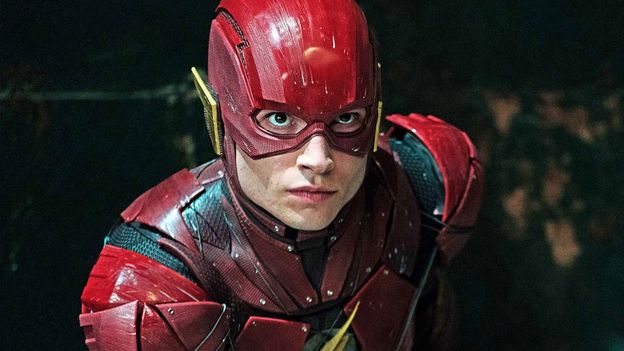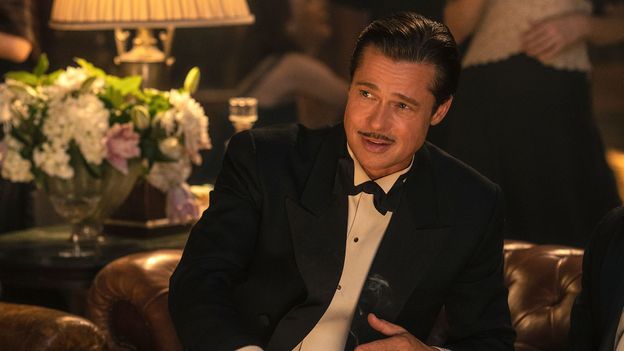Initially, at least, the film was not popular in Australia – box office and reviews were both disappointing – but its reputation has grown significantly since it was restored in 2009.
Nevertheless in the 1970s, the floodgates were opening. Young Australians began making films about – and not just in – Australia. A “New Wave”, they called it. And for several decades since then, outback Australia has been the canvas for many of those films – disturbing, unnerving, sometimes terrifying. Occasionally, just plain weird. A lot of them also fall under the banner of “Ozploitation” – referring to the out-there exploitation films that really peaked in Australia in the 1970s and 1980s.
One such Ozploitation movie was Peter Weir’s early comedy/horror The Cars That Ate Paris (1974). It told the bizarre and twisted story of an outback town whose townspeople deliberately cause fatal motor accidents in order to repurpose the vehicles into wild pre-punk (and pre-Mad Max) stylised four-wheeled creations.
Weir then followed that up in 1975 with the more quietly creepy Picnic at Hanging Rock (based on a 1967 novel), about the disappearance of a group of Victorian schoolgirls in which the outback landscape seemed to be the source of the unsolved mystery itself.
Since then, the Australian outback has been used countless times as a location for either horror, thriller or supernatural mystery stories – sometimes all three. So why does the outback continue to have such a hold over filmmakers?
A place of multiple threats
It starts with extremes, according to Jason Di Rosso, the film critic for Australia’s ABC network: “It’s all relative, but to non-indigenous Australians, and perhaps more so to non-Australians, it’s viewed as a location of extreme heat, extreme distances, extreme isolation, so it’s not surprising when filmmakers create characters who are either overwhelmed by it, like in Walkabout, or who become somehow perverted and embittered by it, like many of the townspeople in Wake in Fright, or worse.”



